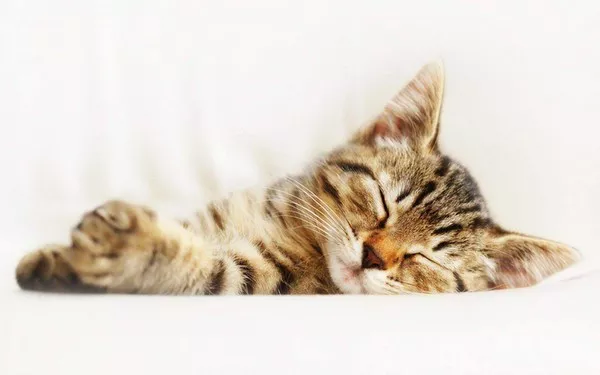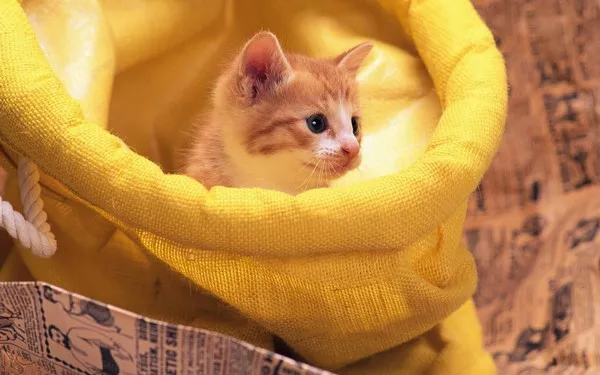Bengal cats are beloved for their stunning appearance, playful nature, and unique coat pattern reminiscent of their wild ancestors. However, one common concern that Bengal cat owners may encounter is excessive shedding. Shedding is a natural process for cats, but when it becomes excessive, it can be a cause for worry. In this article, we will explore the reasons why Bengal cats may shed excessively, how to manage shedding, and when to seek veterinary advice to ensure your feline companion’s health and comfort.
Seasonal Shedding:
Like many other cat breeds, Bengal cats typically experience seasonal shedding. They tend to shed more during the spring and fall as they adjust their coat to adapt to changing temperatures. During these seasons, you may notice an increase in fur on your furniture and clothing.
Grooming Habits:
Bengal cats are meticulous groomers and often spend significant time grooming themselves. While grooming is essential for maintaining a clean and healthy coat, excessive grooming can lead to more shedding. Over-grooming may result from stress, anxiety, or skin irritations, and it’s essential to address any underlying issues.
Diet and Nutrition:
A well-balanced diet plays a crucial role in the health of a Bengal cat‘s coat. If a cat’s diet lacks essential nutrients, such as omega-3 fatty acids, it can lead to dry and brittle fur, contributing to increased shedding. Ensure your Bengal cat’s diet is rich in high-quality protein and includes necessary vitamins and minerals for optimal coat health.
Stress and Anxiety:
Bengal cats are intelligent and active animals, and changes in their environment or routine can cause stress and anxiety. Stress-related shedding may occur when introducing a new pet or family member, moving to a new home, or changes in daily routines. Providing a safe and stable environment can help alleviate stress and reduce excessive shedding.
Allergies and Skin Conditions:
Allergies and skin conditions can also trigger excessive shedding in Bengal cats. Environmental allergens, such as pollen or dust mites, as well as food allergies, can lead to skin irritation and increased shedding. A visit to the veterinarian can help identify and manage any underlying allergies or skin issues.
Parasites:
External parasites, such as fleas or ticks, can cause discomfort and skin irritation, leading to excessive shedding. Regularly inspect your Bengal cat for signs of parasites and ensure they are on a suitable preventive medication regimen to protect against infestations.
Hormonal Changes:
Hormonal changes, such as pregnancy or estrus (heat) in unspayed females, can also affect shedding patterns in Bengal cats. Female cats may experience more shedding during these hormonal phases.
Underlying Health Conditions:
In some cases, excessive shedding can be a symptom of underlying health issues, such as thyroid imbalances, kidney problems, or hormonal disorders. If you notice a sudden increase in shedding or other concerning signs, it is essential to consult with a veterinarian for a thorough examination and appropriate diagnostic tests.
Managing Excessive Shedding:
Regular brushing can help reduce shedding by removing loose fur from the coat before it ends up on furniture and clothing.
Provide a balanced diet rich in essential nutrients to support coat health.
Keep your Bengal cat’s environment stress-free and provide ample opportunities for play and exercise.
Regular veterinary check-ups can help identify and address any health issues that may contribute to excessive shedding.
Conclusion:
Excessive shedding in Bengal cats can be a natural part of their seasonal coat adjustment, but it can also signal underlying health or environmental issues. Understanding the potential reasons for excessive shedding and implementing appropriate care and management can help ensure your Bengal cat’s coat remains healthy and beautiful. Regular grooming, a balanced diet, stress management, and veterinary attention when needed are key factors in keeping your feline friend happy, healthy, and comfortable.
Related Topics:


























